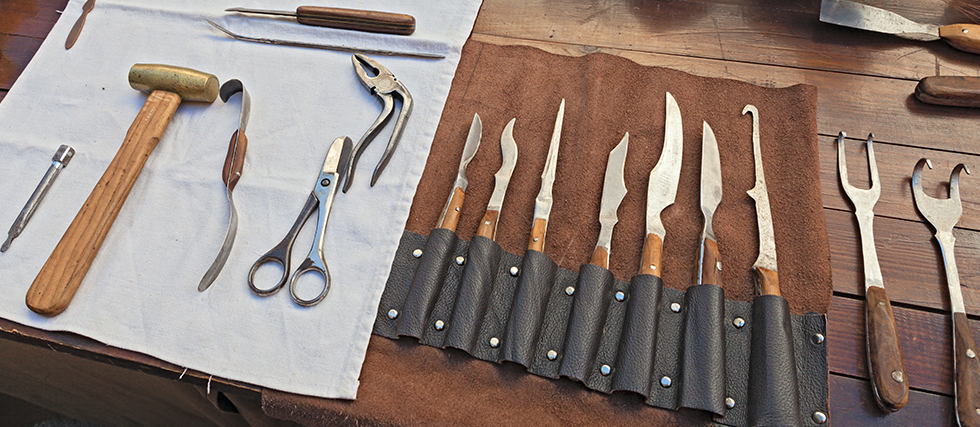The earliest evidence of human dentistry dates back thousands of years, with signs of dental care found in ancient civilizations. One of the earliest forms of dentistry was dental drilling. The oldest known example of dental drilling comes from a Neolithic site in Pakistan (Mehrgarh), where a 9,000-year-old skeleton was found with holes drilled into the teeth. The drilling likely was done to treat cavities or abscesses, though the tools used were rudimentary (flint or other sharp materials).
The people of this era were known to have used early forms of toothpicks, made from materials such as bone or plant fibers, to clean their teeth. These findings suggest that people were aware of the need to maintain oral hygiene, even without modern tools.
The ancient Egyptians are known to have practiced rudimentary dentistry, including tooth extractions and treatments for tooth decay. Egyptian texts, such as the Ebers Papyrus (dating to around 1500 BCE), contain references to dental diseases and treatments, including remedies for toothaches and attempts to fill cavities.
The Indian physician Sushruta, often called the “father of surgery,” is believed to have written the Sushruta Samhita around 600 BCE, a medical text that included descriptions of dental care, including treatments for dental abscesses and extractions. He also wrote about dentures and tooth implants.
In ancient Greece, the famous physician Hippocrates (c. 460–c. 370 BCE) wrote about dental care in his medical texts. He described treatments for toothaches, loose teeth, and mouth infections. There are also references to the use of gold wire to stabilize loose teeth, an early form of dental braces.
Modern dentistry as we know it began to take shape in the 17th and 18th centuries with pioneers like Pierre Fauchard. However, dental care has evolved throughout history, with early practices reflecting a growing understanding of the importance of oral hygiene and treatment.



